With the advent of colder temperatures, curbside leaf collection is underway in many parts of the Centre region. But savvy pollinator gardeners know that fallen leaves are garden gold.
More than 90 percent of caterpillars that develop on plants hatch or pupate at the ground level, often beneath leaf litter. Many fallen leaves harbor small caterpillars in their curled leaf margins. The larvae of the red-banded hairstreak butterfly, along with dozens of species of moth caterpillars and other ‘detrivores’, feed on fallen leaves. Still others rely on leaf litter as a cozy winter blanket– including the larvae of the beautiful great spangled fritillary. Luna moths pupate in leaf litter, and queen bumble bees also appreciate the insulation as they sleep away the winter in shallow tunnels just underneath the surface of the ground. When we haul our fallen leaves to the curb for disposal, we’re also helping to dispose of next year’s pollinators.
So what’s a gardener to do with all that organic material? According to Douglas Tallamy, the author of Bringing Nature Home, “the best place to leave the leaves is under the trees that grew them.”
This year, don’t trash your treasure! Consider raking your leaves into your perennial beds and under trees. Fallen leaves are the best mulch that money can’t buy!
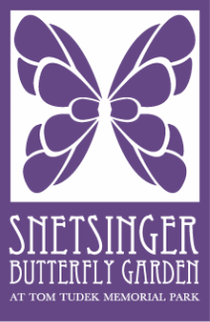
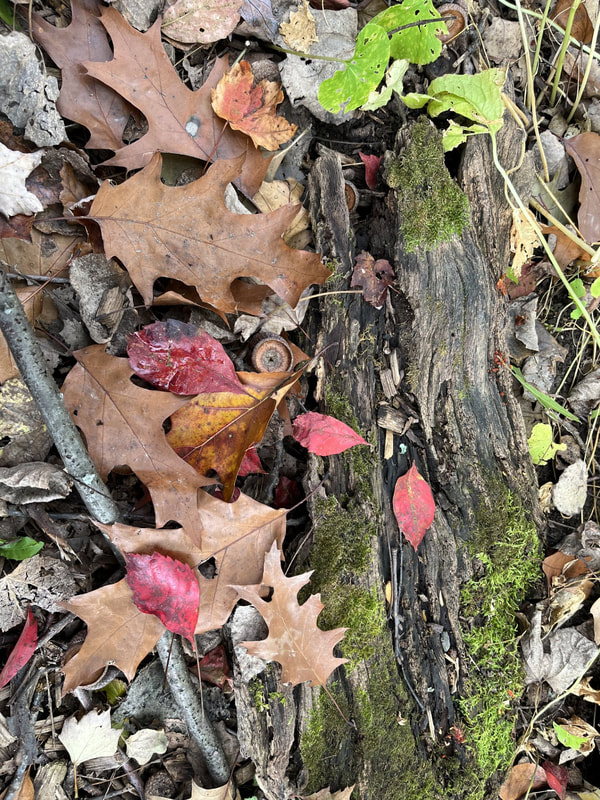
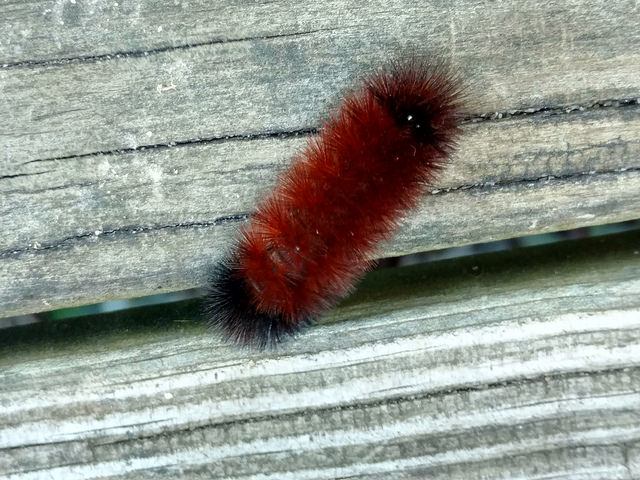
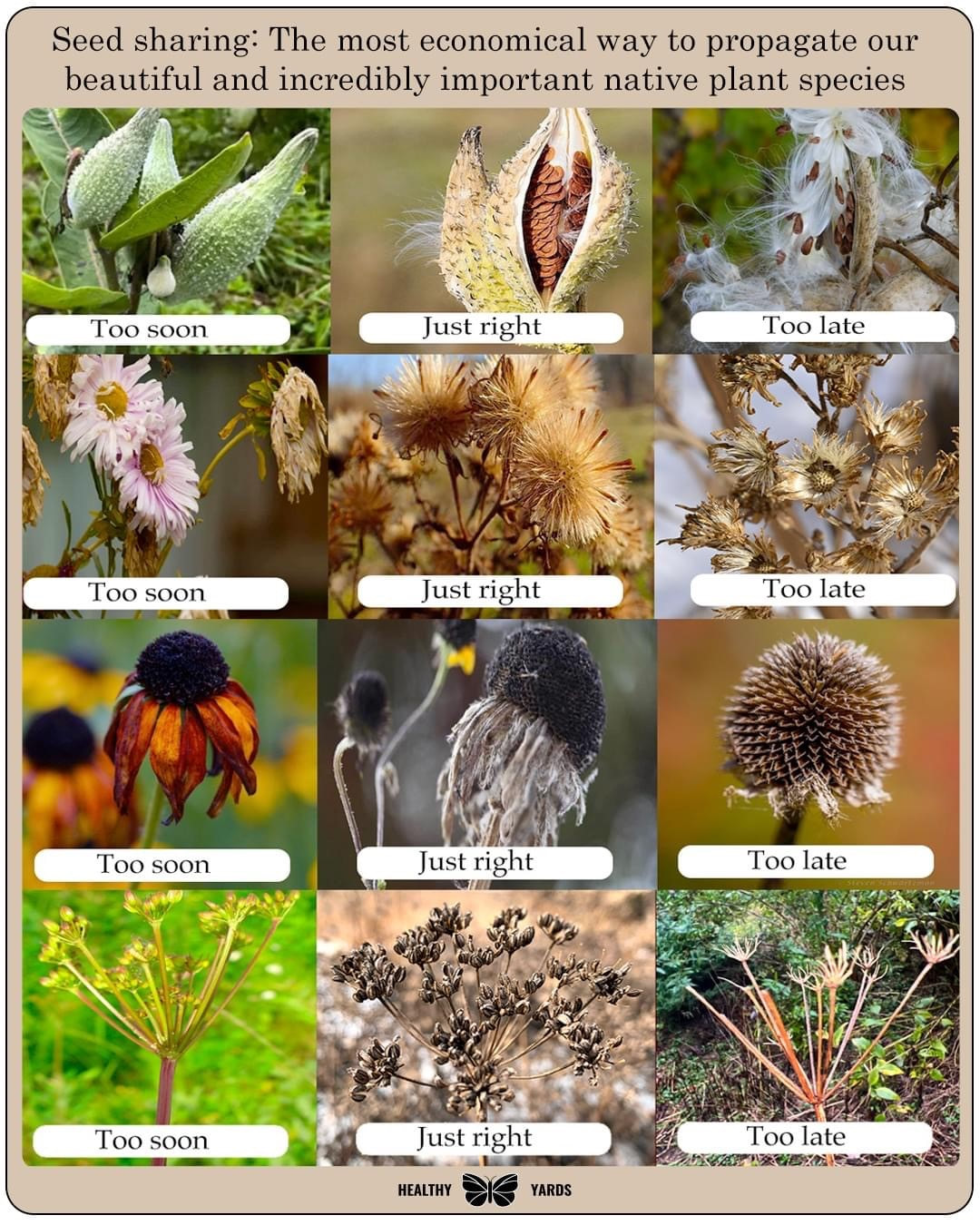
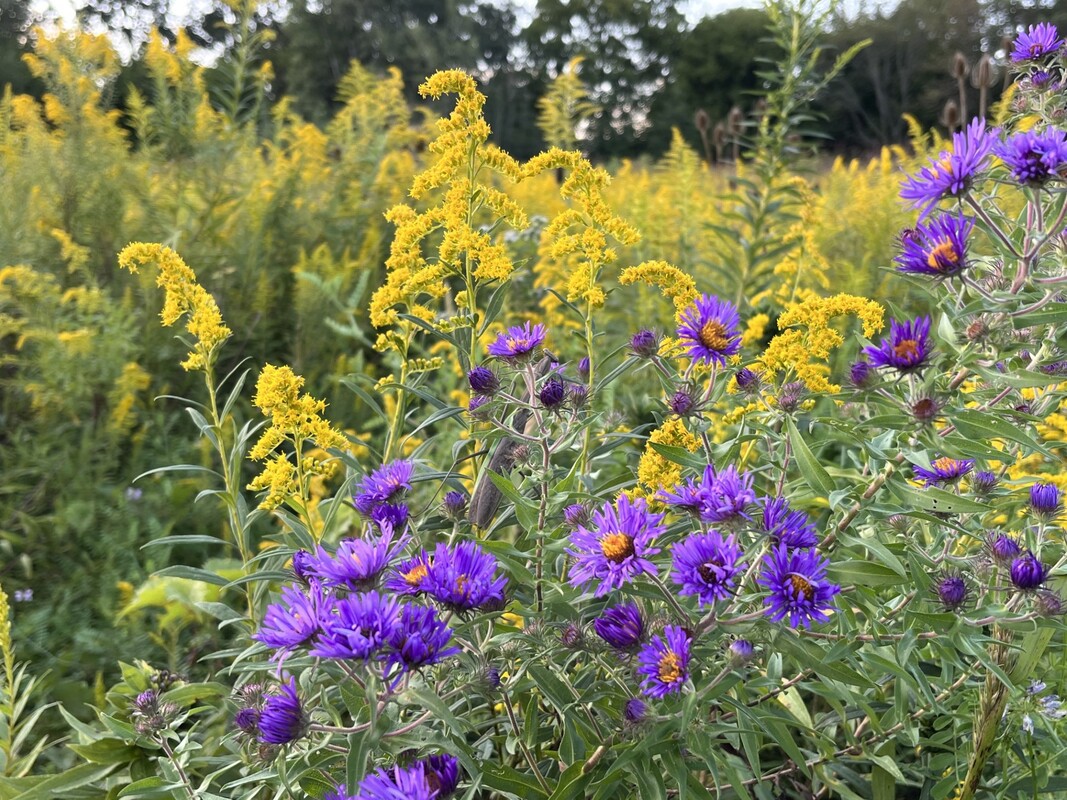
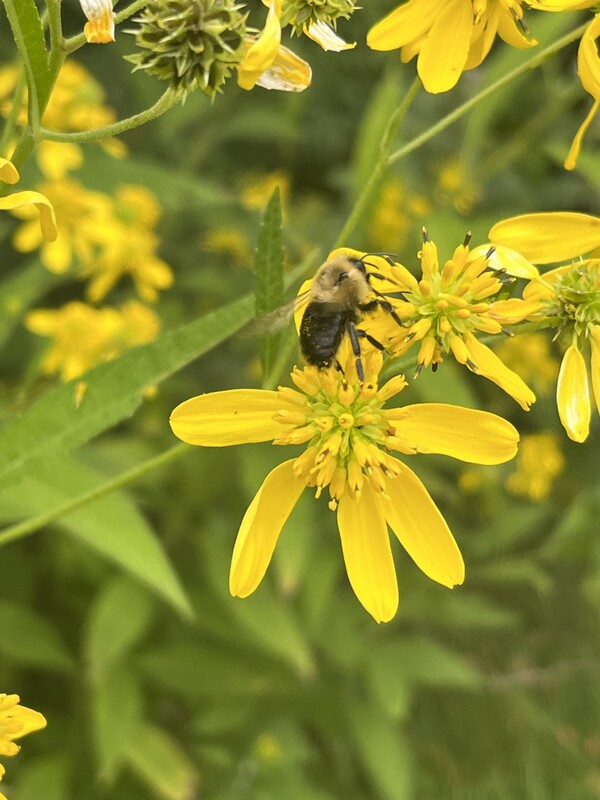
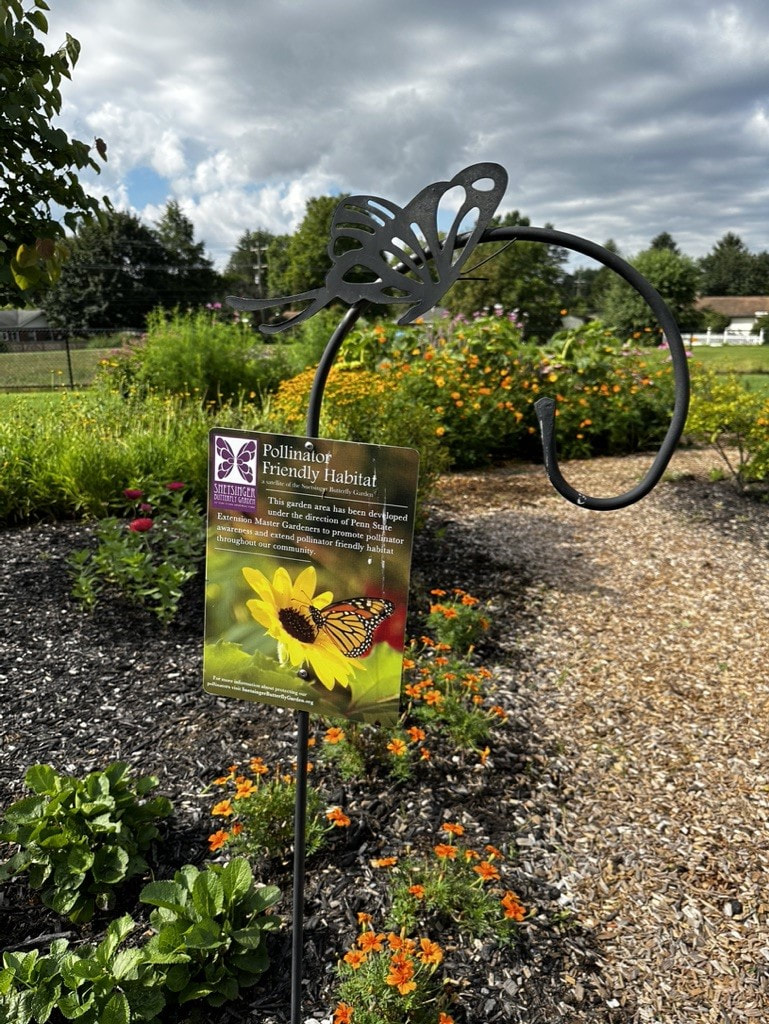
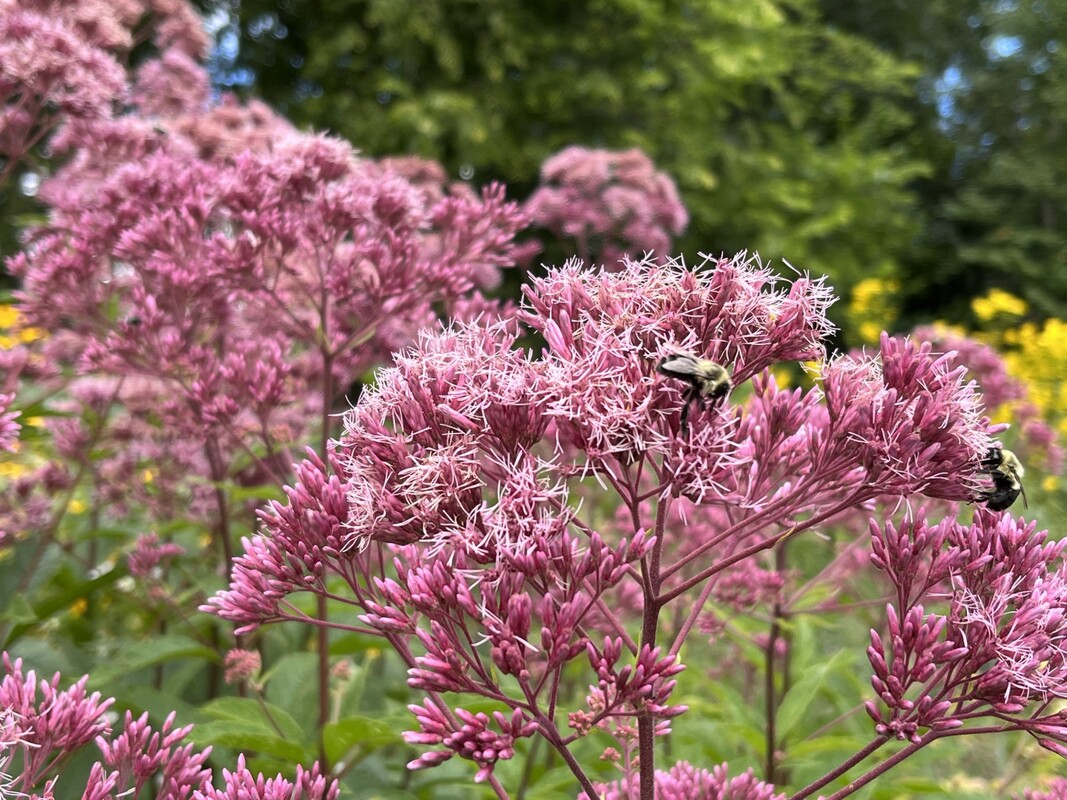
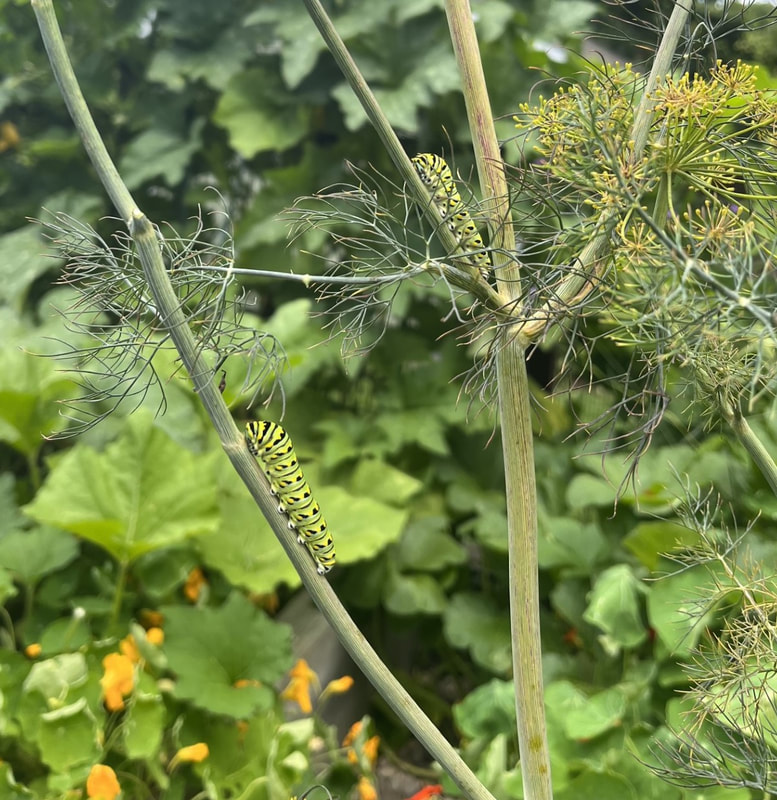
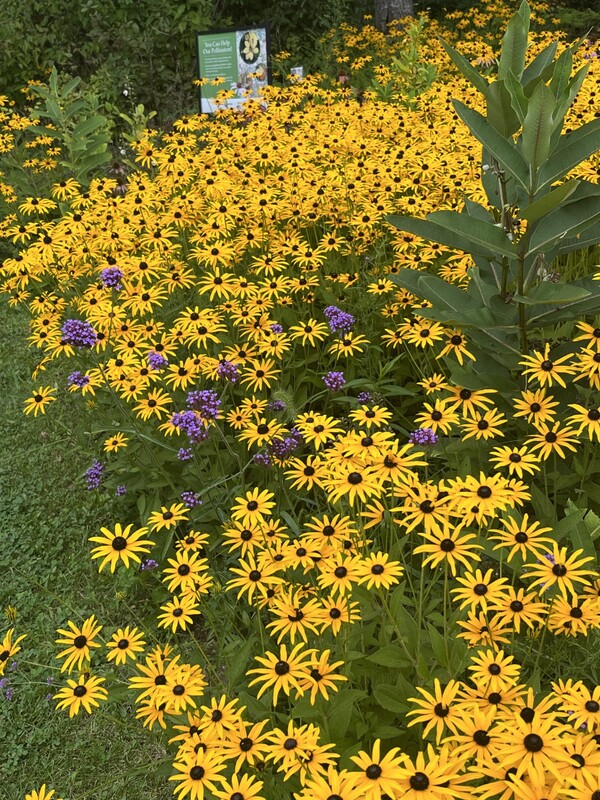
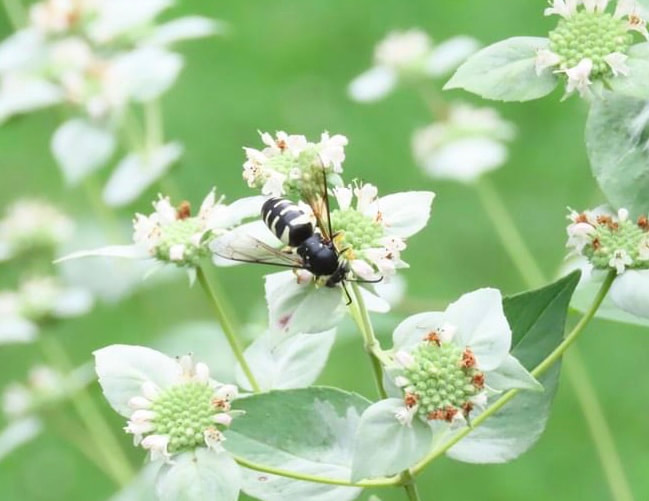
 RSS Feed
RSS Feed